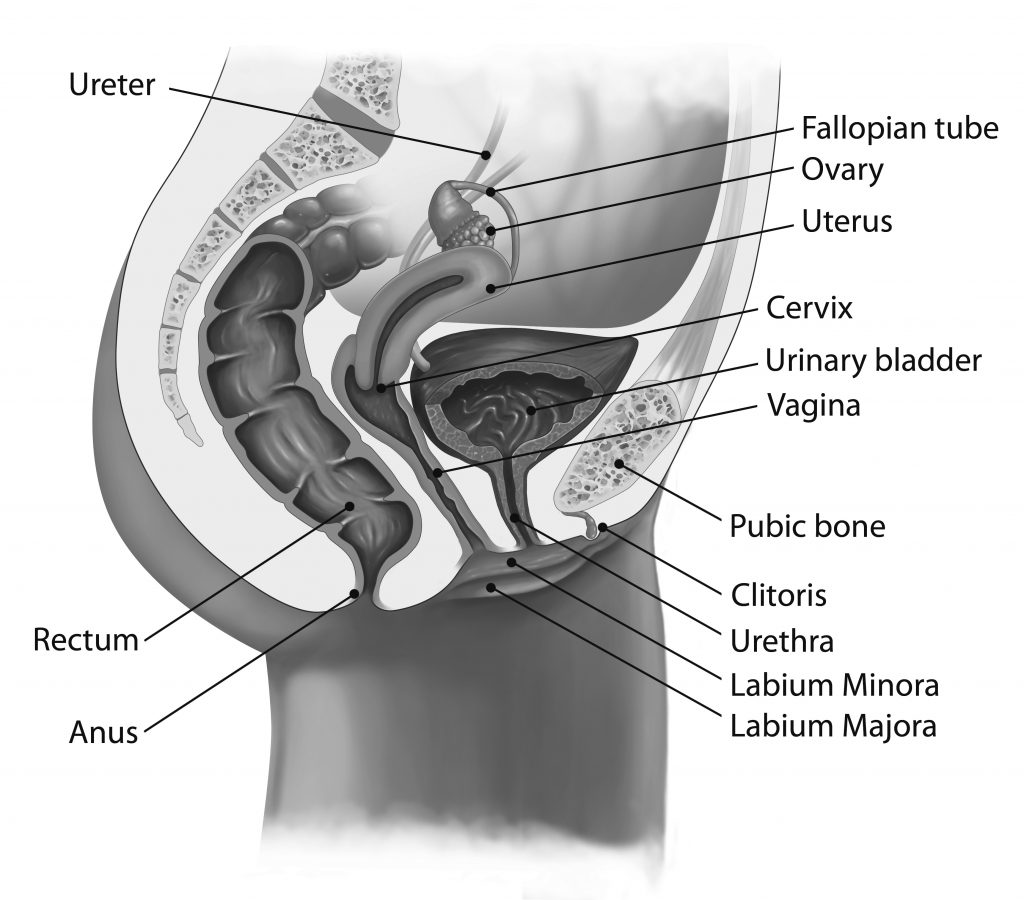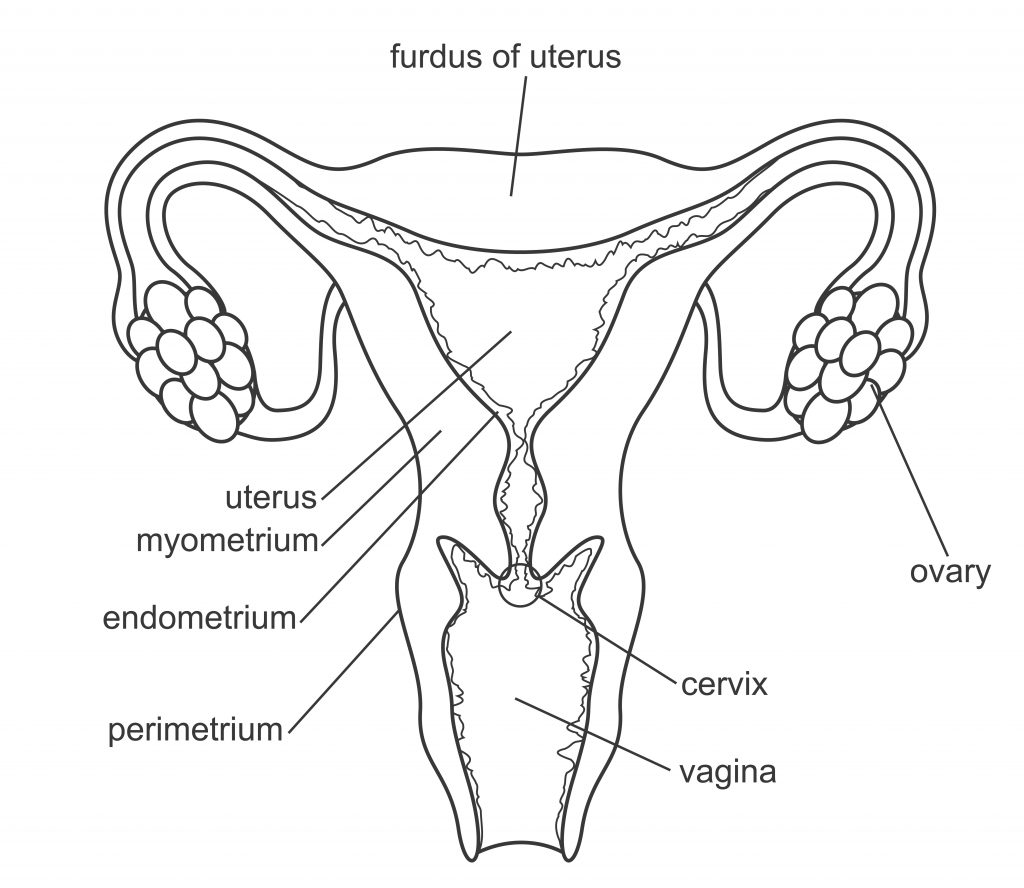Anatomy of the vagina
The vagina is an elastic, muscular organ that connects the uterus with the external reproductive organs. It is important to remember that the appearance of our intimate area is very individual – female genitals can differ in shape, size, color, texture and in overall appearance. Learn more about the anatomy of the vagina so that you can better understand how this fascinating part of the female body functions.
External intimate area
The vagina is connected to the vulva, which includes the outer lips or labia, inner lips, clitoris and the external openings of the urethra and vagina. Sometimes people confuse the vulva and vagina – the easiest way to remember is that the vulva is what you see when you observe your intimate region with a mirror. The vagina is situated inside the body and the only way to fully examine it is with a speculum, which is what a gynecologist does during an examination or Pap smear test.
The vaginal opening is hidden by two sets of labia – major and minor. These are the outer lips of the vulva, protecting the vagina from infections and also providing stimulation during sexual intercourse. They are very sensitive. Hidden by the labia is the clitoris. This pea-sized soft tissue is probably the most sensitive part of the female body. Stimulation of the clitoris causes arousal and can lead to an orgasm, making the clitoris a very important organ for sexual pleasure. When aroused, your clitoris (and your labia) may become enlarged by the increased circulation of blood to the genital region. This is normal.
The urethra opening is directly under the clitoris. Urine coming from the bladder travels through the urethra and exits at this opening. The opening itself is closed by a circular muscle that allows us to hold the urine in until we get to the toilet. Sometimes this muscle can weaken, causing urinary incontinence.

“It is important to remember that the appearance of our intimate area is very individual – genitals can differ in shape, size, color, texture and in overall appearance from one person to another.”
The vagina
The vaginal opening is under the urethra. This is where menstrual blood exits the body and where tampons, vaginal suppositories and vaginal moisturisers are inserted. During sex, it is where the penis penetrates the vagina. The inside of the vagina is covered with soft tissue that varies in texture and moisture depending on specific factors such as sexual arousal, pregnancy, illness, breastfeeding, menstruation and menopause. This soft tissue contains many glands that secrete or discharge vaginal fluid, which is necessary for lubrication and protection from infections. The vagina has amazing elasticity and stretches enough to become the birth canal for a baby to be delivered from the uterus, also known as the womb.

Near the vaginal opening there is a thin membrane called the hymen. This membrane can be ruptured the first time sexual intercourse takes place, sometimes causing mild bleeding. It can also be broken by exercise, sport and internal examination.
The vagina and other reproductive organs are kept in place by the muscles of the pelvic floor. These muscles prevent prolapse and incontinence and can be strengthened by pelvic floor exercises also known as Kegel exercises.
The other end of the vagina is connected to the cervix or the neck of the womb. The cervix has a very small opening that helps prevent anything that should not from entering the womb., The cervix expands enormously during delivery to allow ababy to pass from the womb through to the vagina and into the outside world.

